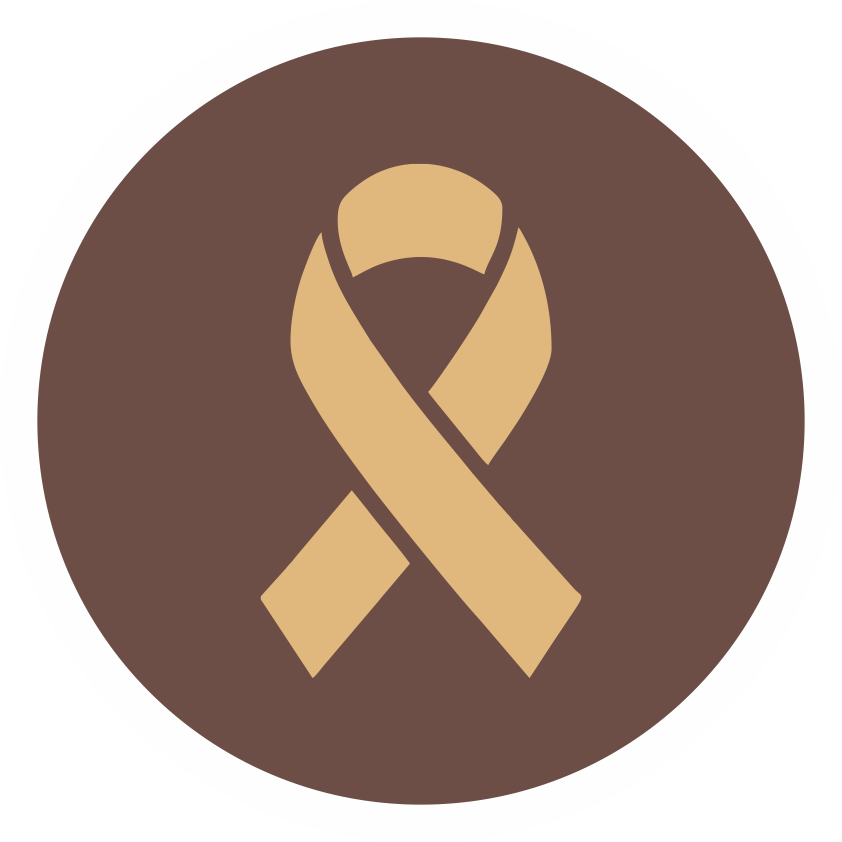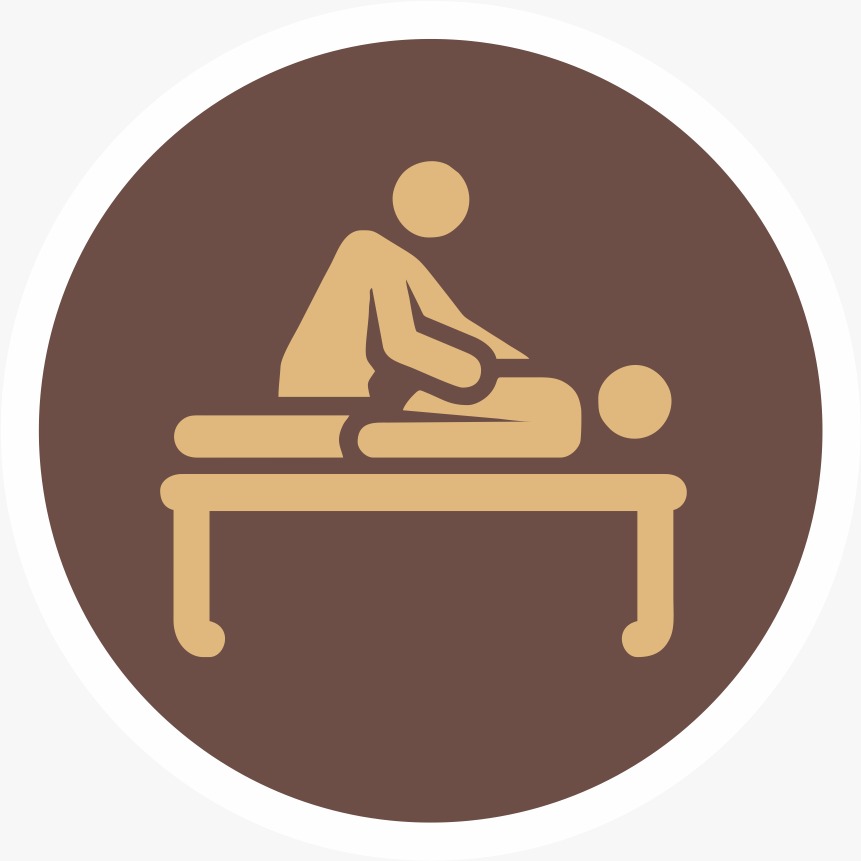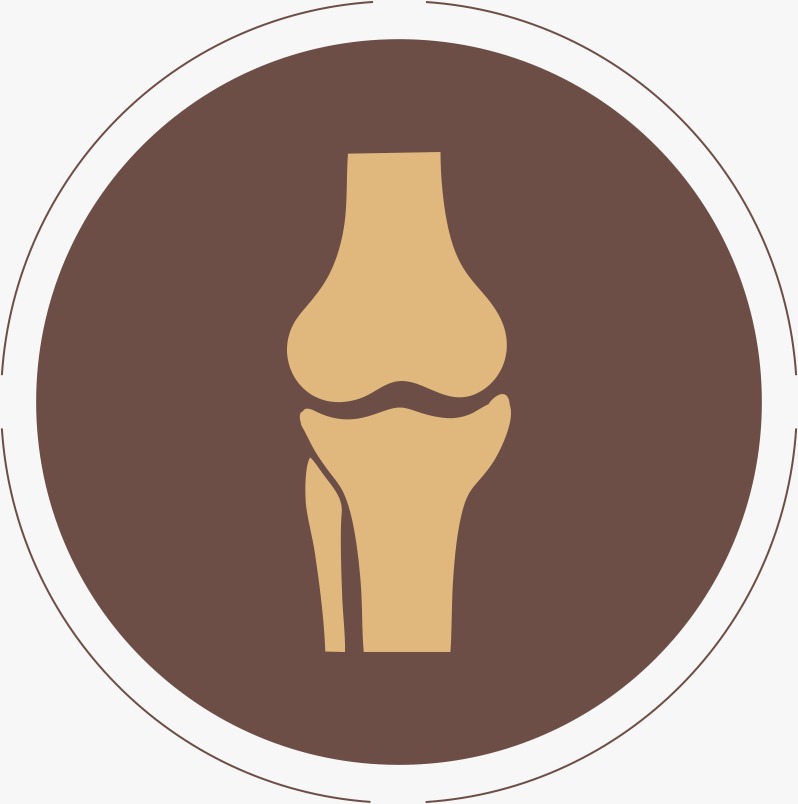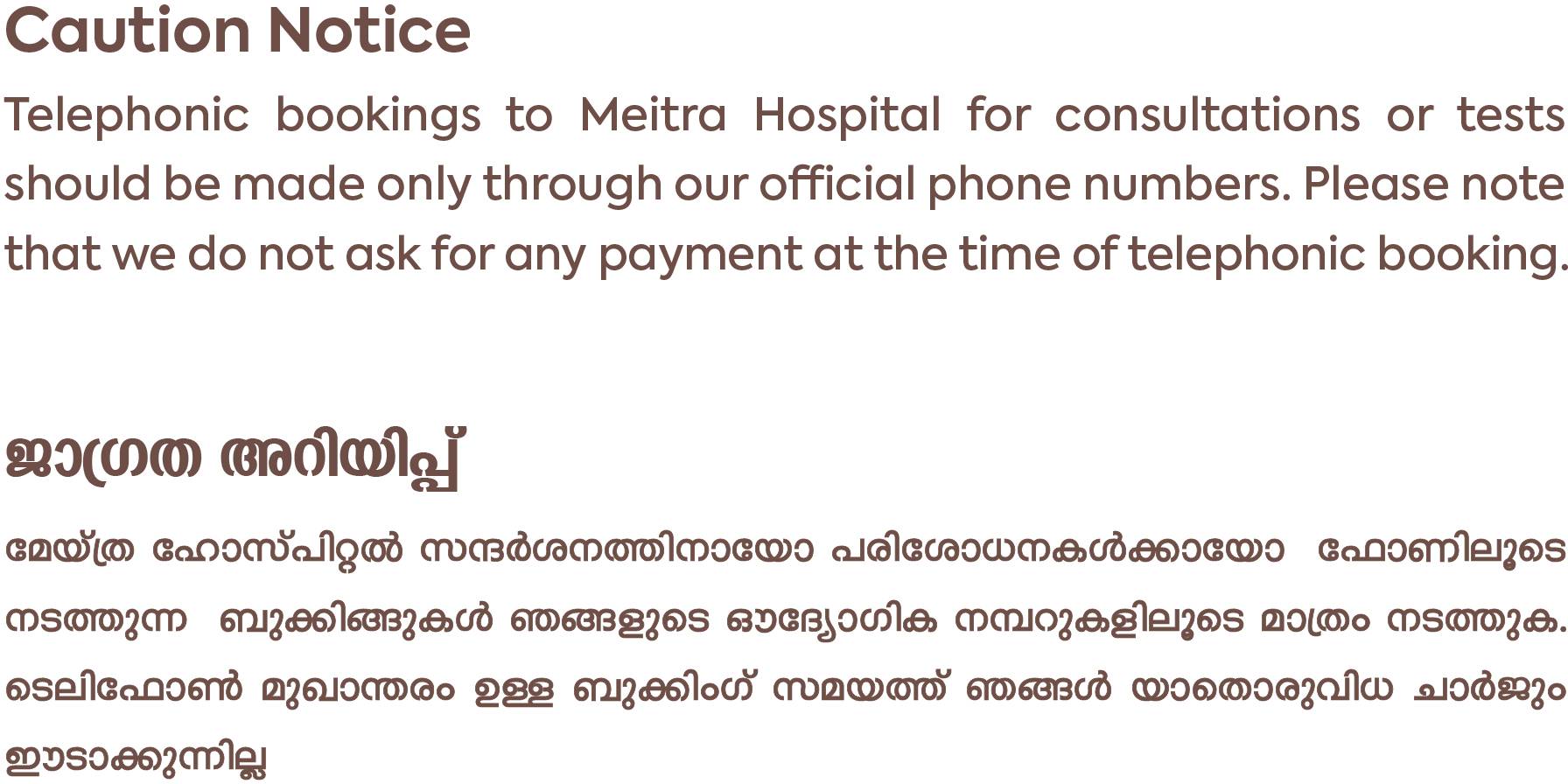- Our Doctors
- Our Specialities
Centres of Excellence
-
 Centre for Blood Diseases, BMT & Cancer Immunotherapy
Centre for Blood Diseases, BMT & Cancer Immunotherapy -
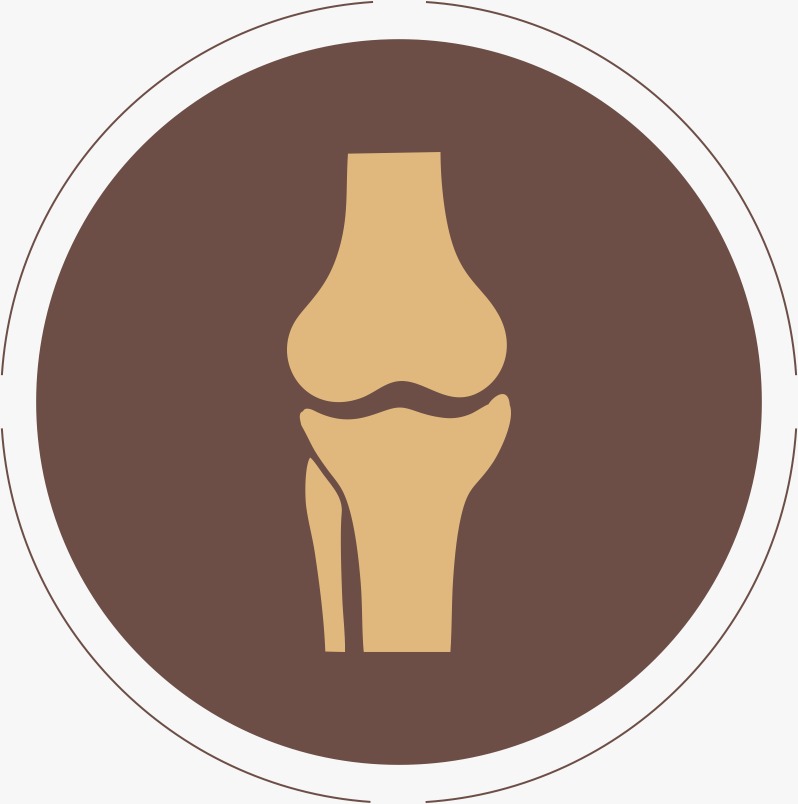 Centre for Bone, Joint & Spine
Centre for Bone, Joint & Spine -
 Centre for Critical Care Medicine and ECMO Services
Centre for Critical Care Medicine and ECMO Services -
 Centre for Gastrosciences
Centre for Gastrosciences -
 Centre for Heart & Vascular Care
Centre for Heart & Vascular Care -
 Centre for Nephro-Urosciences
Centre for Nephro-Urosciences -
 Centre for Neurosciences
Centre for Neurosciences -
 Centre for Obstetrics and Gynaecology
Centre for Obstetrics and Gynaecology -
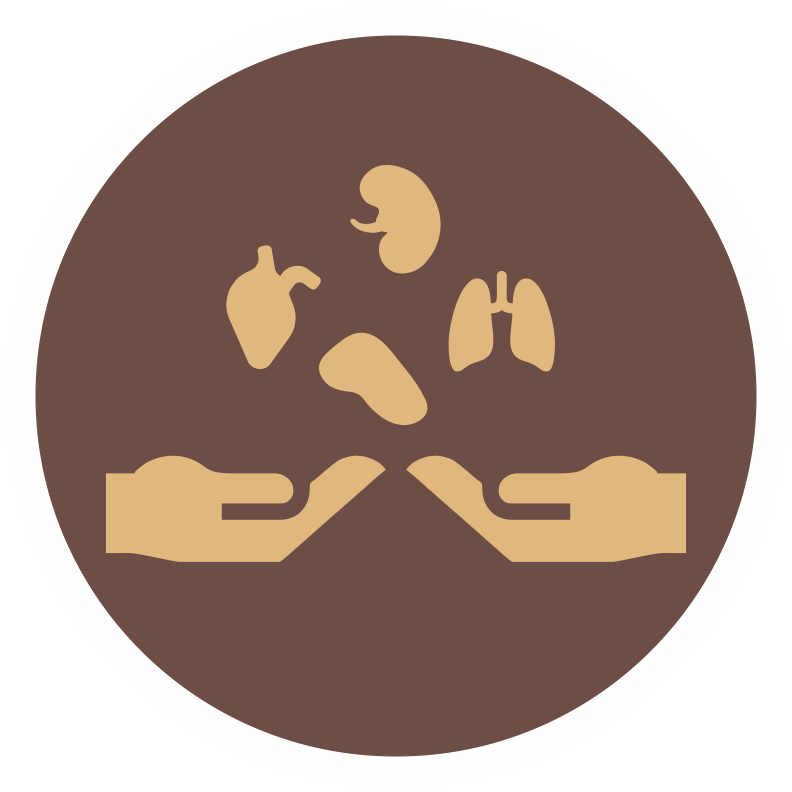 Centre for Organ Transplantation
Centre for Organ Transplantation
Super Speciality
-
 Advanced Diagnostic and Interventional Radiology
Advanced Diagnostic and Interventional Radiology -
 Anesthesiology & Pain Management
Anesthesiology & Pain Management -
 Clinical Nutrition and Dietetics
Clinical Nutrition and Dietetics -
 Dental and Maxillofacial Surgery
Dental and Maxillofacial Surgery -
 Dermatology
Dermatology -
 Emergency and Trauma
Emergency and Trauma -
 Endocrinology and Metabolic Disease
Endocrinology and Metabolic Disease -
 ENT and Head & Neck Surgery
ENT and Head & Neck Surgery -
 Family Medicine
Family Medicine -
 General and Laparoscopic Surgery
General and Laparoscopic Surgery -
 General Medicine
General Medicine -
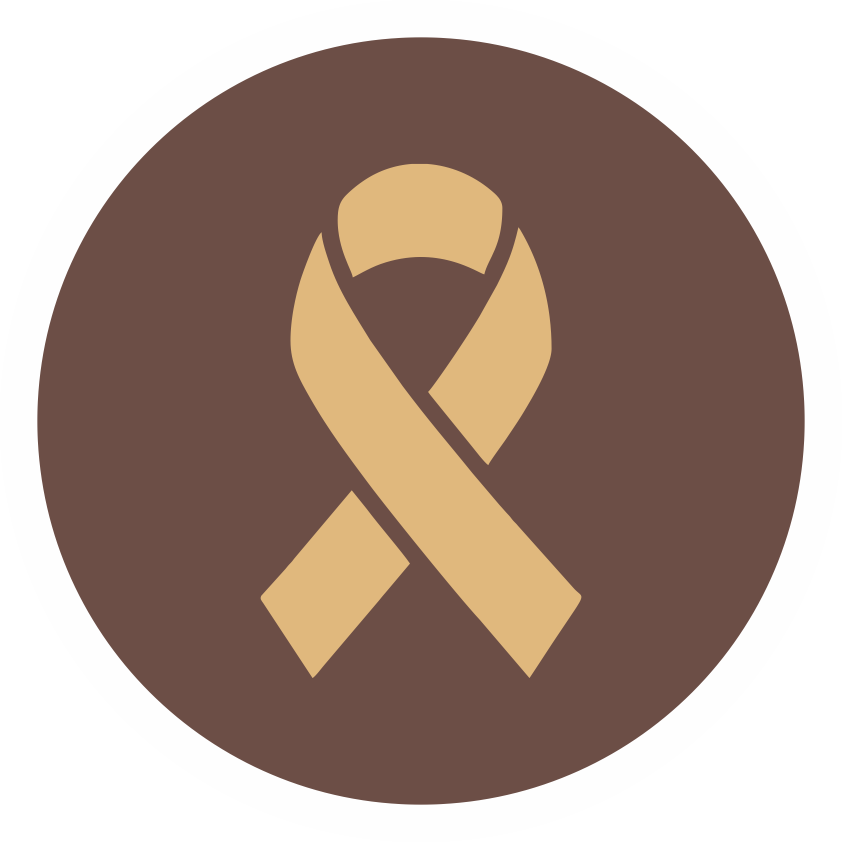 GI Onco Surgery
GI Onco Surgery -
 GI Oncology
GI Oncology -
 GI Surgery, Advanced Laparoscopy and Gastro Oncosurgery
GI Surgery, Advanced Laparoscopy and Gastro Oncosurgery
-
- Key Procedures
- Our Hospitals
- International Patient
- Contact us
-
Quick Links
Blogs
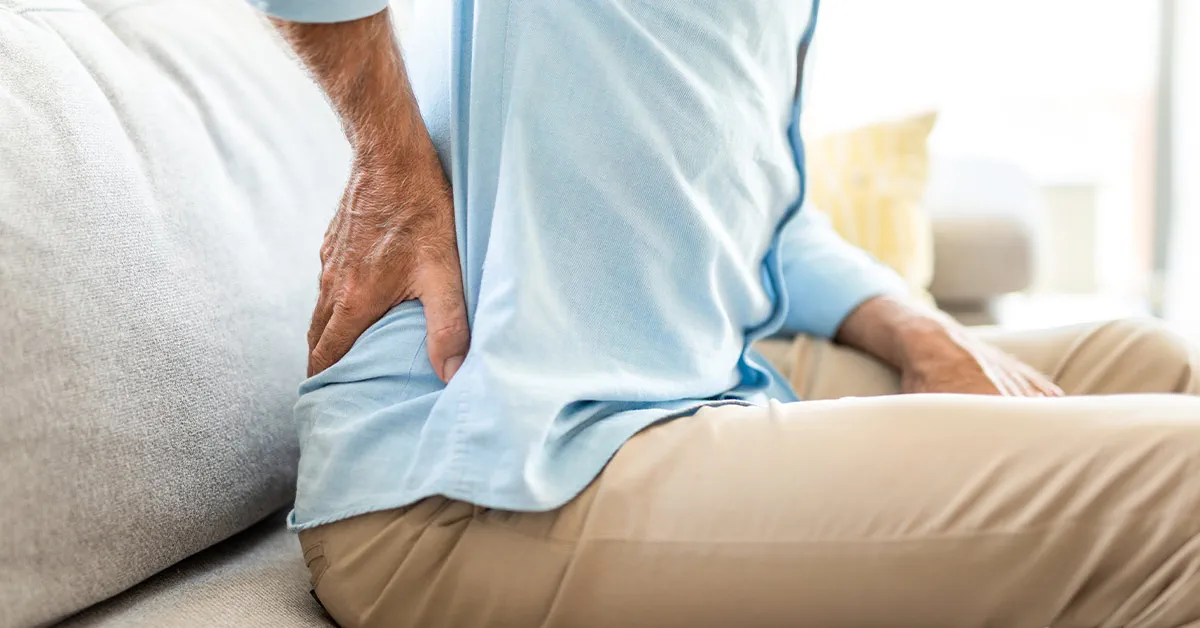
Back Pain
Our spine is a complex structure that is responsible for our body posture. Understanding the anatomy of the spine helps to understand the pain-causing factors.
Anatomy of the back
The spine begins from the neck known as the cervical spine and ends at the tailbone which is known as Sacrum and coccyx. When it passes through the upper back it is called the thoracic and the lower back is known as the lumbar spine. The spine is made up of small interconnected bones called the vertebrae which form a canal through which the spinal cord passes. Then there are cushion-like pads between the vertebrae that act like shock absorbers and spacers for the spine along with tendons, ligaments, and muscles that support the spine and help movement.
How Do We Get Back Pain?
Any imbalance in the anatomy of the back or rather any trauma to its components results in back pain. Back pain is one of the most common spine problems, especially in the urban population. It can present as a constant dull ache or a sudden sharp pain. The latter is often seen as a result of an accident, trauma, or injury.
Common reasons for back pain are poor posture, lifting heavy weights all of a sudden, and medical conditions like a slipped disc, sciatica (a trapped nerve), or ankylosing spondylitis can cause back pain.
Treating Back Pain
Back pain usually resolves on its own, but there are certain ways in which the recovery can be accelerated. Regular exercise and stretches are known to ease back pain. Posture improvement goes a long way to improve overall spine health. An ice pack helps to reduce local swelling and pain whereas a heat pack helps to reduce spasms and joint stiffness.
Over-the-counter or OTC medicines such as anti-inflammatory drugs can help to alleviate the pain.
Preventing Back Pain
Most back pain is relieved within a few days to a couple of weeks with simple treatment. When back pain persists beyond two to four weeks - which is chronic, persistent back pain - further medical evaluation is required. This evaluation focuses on a careful assessment of the patient’s medical history and a thorough physical examination to identify, if possible, a precise cause of the pain. In rare cases, cancer or an infection is found. More commonly, the pain is related to the spinal joints, discs, or supporting muscles of the back.
Staying active is essential to avoiding chronic back pain. Low-impact exercises such as Yoga, Tai-chi, and stretching help to soothe the pain. A good posture while working also reduces the chance of chronic back pain and other spinal problems.
Latest Posts
-
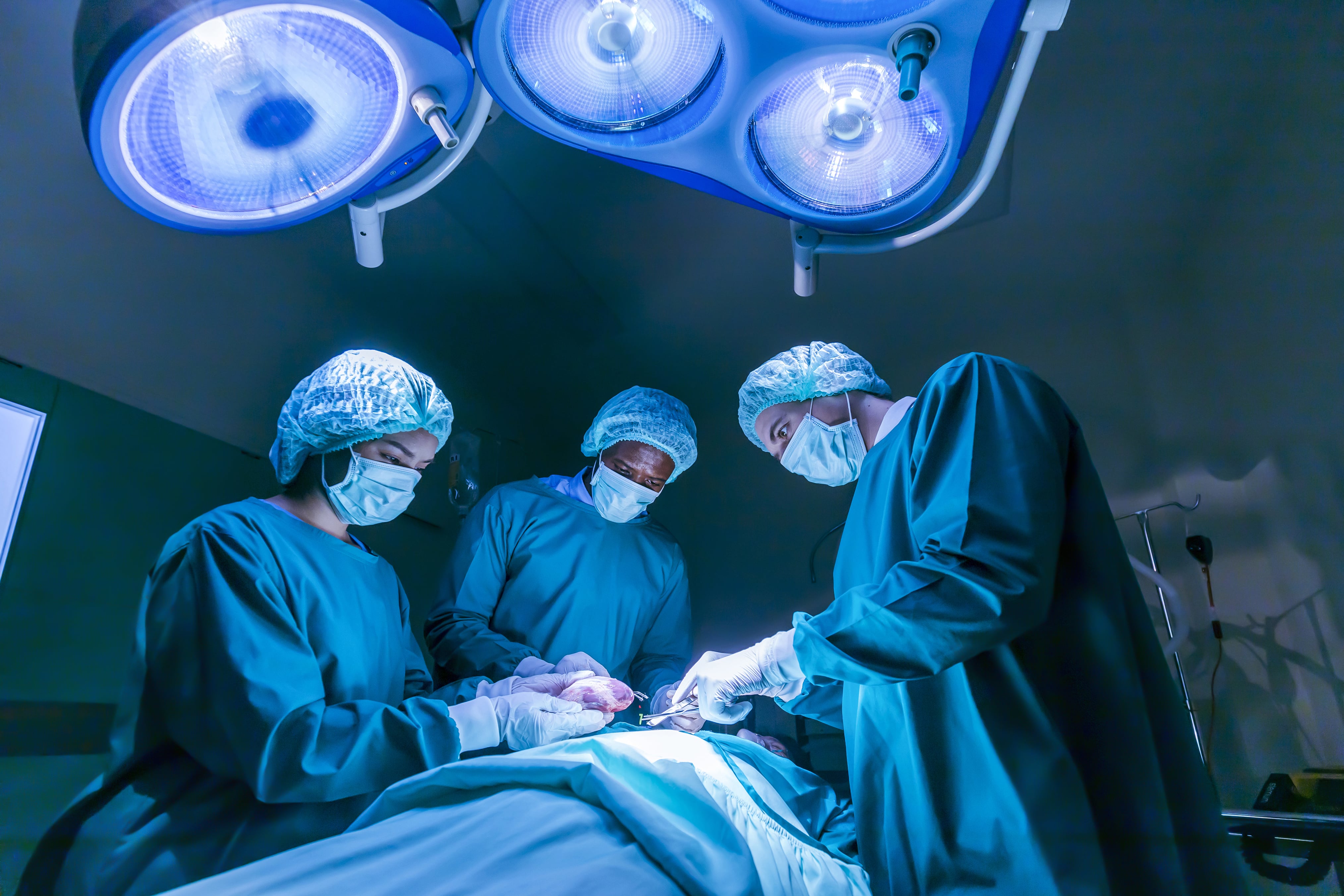 Awake Craniotomy Jul 12, 2022
Awake Craniotomy Jul 12, 2022 -
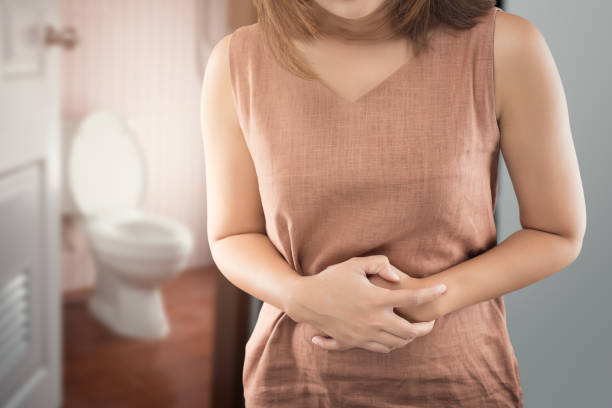 Curing Constipation Jul 12, 2022
Curing Constipation Jul 12, 2022 -
 The ‘Gut Health’ Buzz Jul 12, 2022
The ‘Gut Health’ Buzz Jul 12, 2022 -
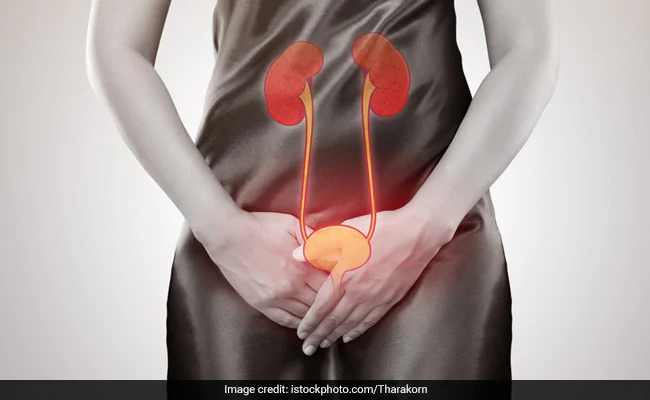 Tips to Prevent UTI Jul 12, 2022
Tips to Prevent UTI Jul 12, 2022
Categories
- Clinical Nutrition and Dietetics
- Endocrinology and Metabolic Disease
- General and Laparoscopic Surgery
- General Medicine
- Physical Medicine and Rehabilitation
- Psychiatry
- Centre for Heart & Vascular Care
- Centre for Bone, Joint & Spine
- Centre for Neurosciences
- Centre for Gastrosciences
- Centre for Nephro-Urosciences
- Centre for Blood Diseases, BMT & Cancer Immunotherapy
- Centre for Obstetrics and Gynaecology

 +91 9393 108 108
+91 9393 108 108


